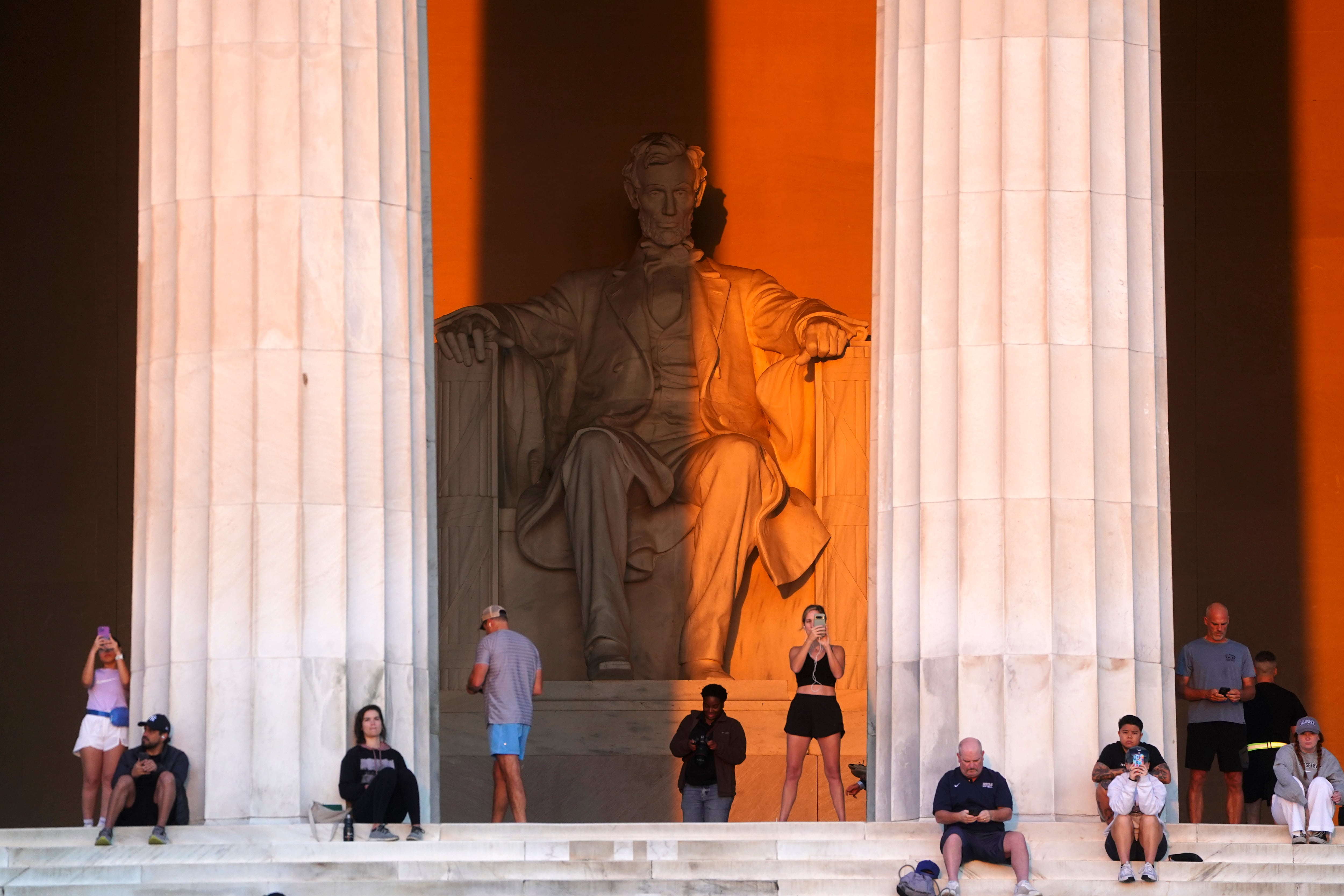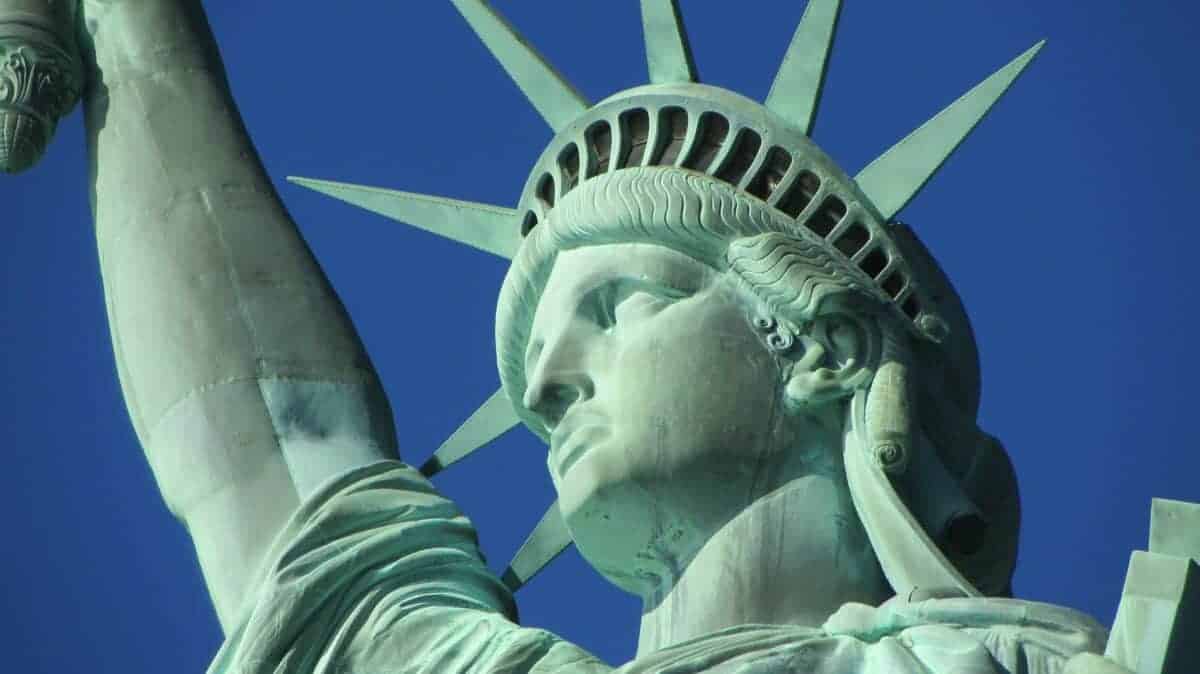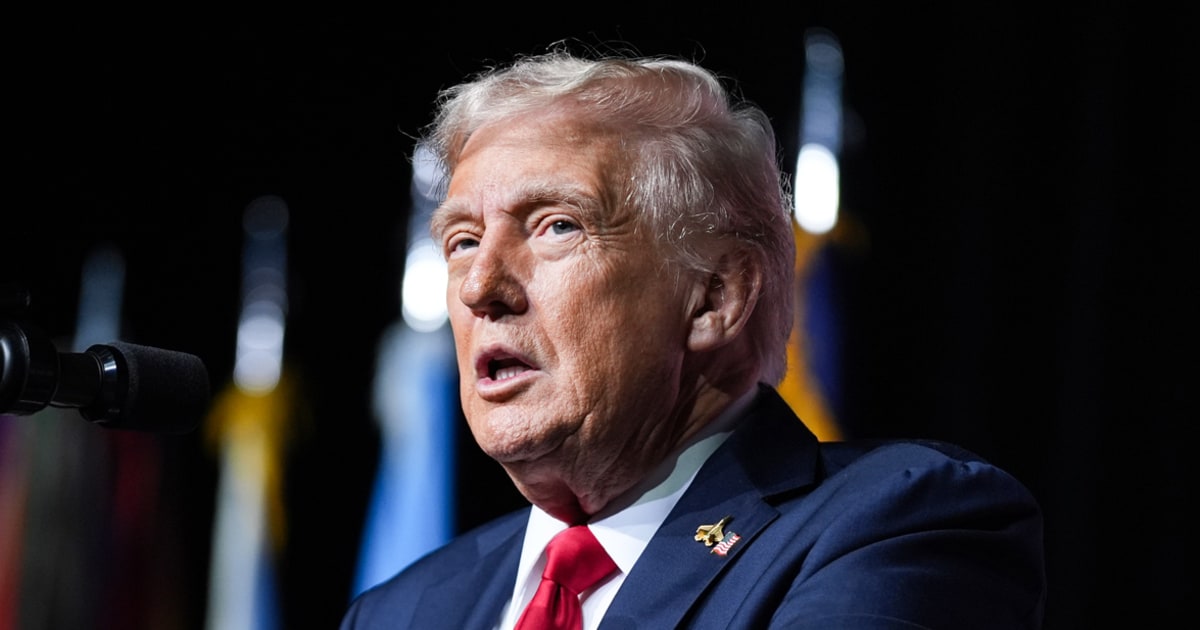The city awoke on Wednesday to a Sunday vibe, with very little traffic and tourist attractions closed ‘until further notice’ due to the lack of agreement between Republicans and Democrats
Washington woke up on Wednesday, the first day of the U.S. government shutdown, to a Sunday-like atmosphere. Downtown streets were half-empty, with hardly any traffic. The areas around the buildings of key federal agencies, whose employees have been ordered to stay home except for those with “essential” duties, were deserted. And tourists wandered around the National Mall, unsure of what to expect at ground zero of the shutdown.
The U.S. capital is the American city where the effects of the partial cutoff of public funds — the first in nearly seven years — will be felt the most keenly. And it is already preparing for the worst: a prolonged hiatus of unpredictable effects and duration that President Donald Trump threatens to aggravate by ordering tens of thousands of layoffs, which would be added to the nearly 300,000 government employees that his administration has already laid off or who have taken incentivized leave since the Republican’s return to the White House.
Kyle Murai had come from Hawaii with his wife, two young children, and tickets “purchased a long time ago” for the elevator to the top of the Washington Monument. They were met at the door with a sign apologizing that the tourist attraction would be closed “due to a shutdown, until further notice.”
At the Lincoln Memorial, tour guides such as Javier, a native of Mexico who offers his tours in Spanish, feared that the political turmoil that has led to the suspension of public funding for the city’s attractions would ultimately affect small businesses that rely on them. Meanwhile, people posed for photos and took selfies with the marble likeness of the 16th president of the United States, unsupervised by anyone. National park rangers were among the 750,000 officials whose alarm clock didn’t go off that morning.
Tourists at the Washington Monument, on Wednesday. Pablo Martinez Monsivais (AP)
At the gates of the imposing National Archives building, beneath a solemn inscription warning that “The heritage of the past is the seed that brings forth the harvest of the future,” Colleen Martin, a resident of New York State, lamented that the building, which she “was most looking forward to visiting,” was among those closed Wednesday after Democrats and Republicans failed to reach an agreement the day before to keep federal funds flowing.
Martin, traveling with her husband to visit their daughter, who lives in Washington (a place she described as “a ghost town”), at least had “the consolation of the Smithsonian.” The public museums that belong to that network (21 centers, including the capital’s zoo), as well as the National Gallery, have funds to remain open until October 6, when they will close unless the senators on Capitol Hill reach an agreement.
Guided tours of Congress were also immediately suspended, to the chagrin of tourists who learned of the bad news while already on the grand esplanade of Capitol Hill.
At least they were spared the spectacle of polarization and parliamentary obstruction that continued for another day within the halls of Congress, where senators spent the day addressing the media, blaming each other for the shutdown, and, at the end of the morning, voting on two proposals. Both required a 60-seat supermajority, and both failed.
Democratic plan
The first vote involved the Democratic budget plan, which was resolved along clear partisan lines: 47 members of the minority voted in favor, compared to 53 Republicans who voted against. The second vote was aimed at approving the Republican funding proposal, but produced the same result as Tuesday night (55-45), with the same dissenters: three Democratic senators who voted with the Republicans, and one Republican who voted with the Democrats.
Positions remain entrenched. Democrats, led by Senate Minority Leader Chuck Schumer, are resisting the approval of the Republican bid to fund the administration until the next budget review on November 21. To do so, they are demanding a Republican commitment to extend certain subsidies of Obamacare, a law that improved healthcare benefits for those without private insurance. These benefits were approved during the Covid pandemic and expire at the end of the year. They also want to avoid cuts to Medicaid, a program that provides assistance to the most disadvantaged households, included in the “Big, Beautiful Bill” that Trump managed to pass in July.
J. D. Vance at the White House on Wednesday. Evan Vucci (AP)
While Trump, uncharacteristically, remained on the sidelines of the debate, Vice President J. D. Vance claimed at a news conference that “any American citizen who has been to the hospital in recent years has probably noticed that the wait times are particularly long because, very often, the person in the emergency room is an illegal immigrant. Why are those people receiving care in hospitals paid for by American citizens?”
Both parties are expected to continue voting until they reach an agreement, but not on Thursday, the day Congress adjourns for the Jewish holiday of Yom Kippur. It is also assumed that the blame game will continue. New York Governor Kathy Hochul held a press conference with the Statue of Liberty in the background and a sign reading: “End the Republican Shutdown.” Senate Majority Leader John Thune, meanwhile, appeared in the shadow of the Capitol, with the Washington Monument in the background and a message under his microphone reading: “Democrat Shutdown.”
Senate Majority leader John Thune speaks to the media outside the Capitol. J. Scott Applewhite (AP)
As long as the political bickering continues, “essential” services such as postal delivery, unemployment benefit distribution and border control will remain operational. Others, such as the release of reports from the Centers for Disease Control and Prevention (CDC), the compilation of economic indicators like the employment data that was scheduled to be released this Friday and didn’t bode well for Trump, or most of the Department of Justice’s civil litigation proceedings, have been suspended, causing a domino effect of procedural delays.
The longer the federal funding blackout lasts — Trump’s third as president (his last, at 34 days, was also the longest in history) — the more areas of the administration will be affected. The impact also depends on the individual federal agencies and departments. Education (87%) and Commerce (81%) are the departments that have had the most employees suspended from work and pay, a salary they will, in principle, recover when the shutdown ends.
New York Governor Kathy Hochul speaking on Wednesday. Brendan McDermid (REUTERS)
Sign up for our weekly newsletter to get more English-language news coverage from EL PAÍS USA Edition
[SRC] https://english.elpais.com/usa/2025-10-02/at-the-epicenter-of-the-government-shutdown-in-washington-ghost-town.html
 Visit the website
Visit the website







